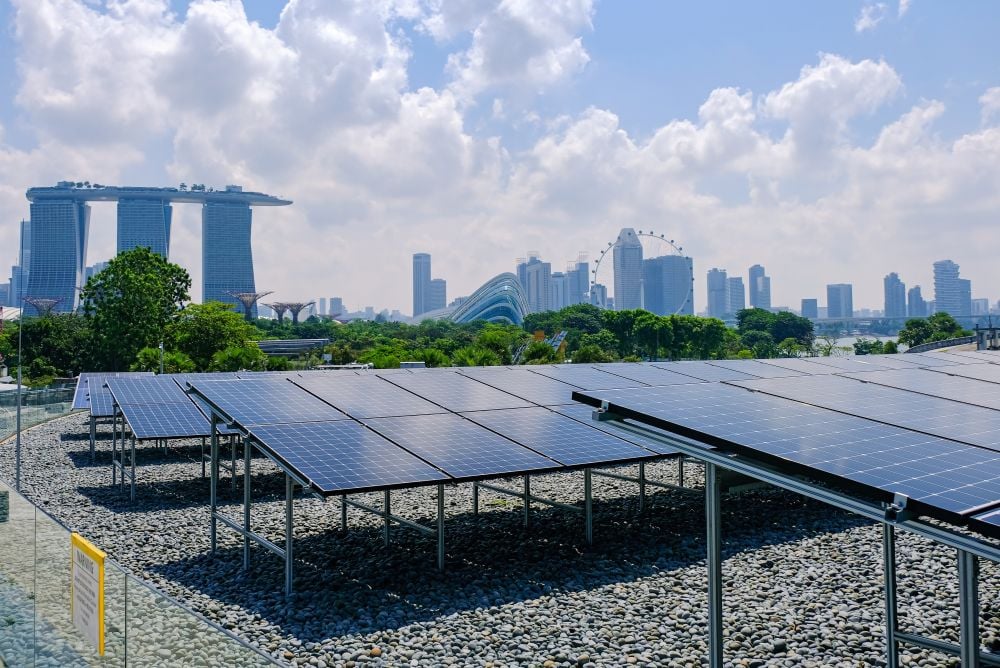The Asian Infrastructure Investment Bank (AIIB) has released its new Transport Sector Strategy, which will guide the bank's infrastructure investments in Asia and beyond.
The strategy outlines AIIB's objective to finance sustainable and integrated transport systems that promote trade and economic growth in Asia. AIIB looks to finance projects with financial returns and wider economic impact. Priority will be placed on trunk linkages, cross-border connectivity, projects that result in transport integration, and the upgrading of existing transport infrastructure.
"Infrastructure that promotes connectivity is crucial for trade and economic growth in Asia and beyond," says AIIB vice president for policy and strategy Joachim von Amsberg. "We will work closely with multilateral development banks and other partners to catalyze financing for sustainable transport development."
According to the AIIB, multilateral development banks (MDBs) and bilateral financing currently account for around US$20-25 billion in transport projects per year, a relatively small share of the market. AIIB will focus on the market segments suitable for the bank to deliver the best infrastructure development outcomes within its mandate and with its comparative advantages.
The document notes that, in terms of financial viability, transport infrastructure projects can vary widely.
Those with low financial viability include basic infrastructure with significant social value but little prospect for cost recovery (such as low-traffic volume rural roads), typically financed by governments and MDBs.
In the middle financial viability category are projects with significant economic return but without sufficient financial return that would attract stand-alone private finance. These are often financed by governments and MDBs. Attracting private finance is possible for many projects in this range if governments and MDBs provide viability gap finance and help mitigate risks, including under public-private partnership (PPP) arrangements.
The third category identified is high financial viability. These include high-traffic volume transport projects with a strong prospect for financial return. If the user charge is set properly, these projects could be financed entirely by the private sector.
While AIIB could finance almost all types of transport infrastructure projects with various financing instruments, it has decided to focus on the middle range of the transport investment market spectrum. These comprise sovereign-backed and non-sovereign-backed projects that will be financed on a standalone basis by governments or state-owned enterprises, or jointly with the private sector, including through PPP arrangements. Private sector involvement is a key element of the strategy.
To meet its goals, the AIIB will work closely with existing and new partners. The bank will work with financing partners, including organizations providing concessionary finance and bilateral aid agencies, to co-finance projects. This will help AIIB build capacity and help clients overcome financing difficulties for large projects. AIIB will participate in and contribute to bilateral and regional dialogues (e.g., Greater Mekong Subregion Economic Co-operation Program, Central Asia Regional Economic Cooperation, Belt and Road Initiative, ASEAN Transport, etc.) to identify projects early. AIIB will also build relationships with commercial banks, institutional investors and infrastructure funds for business development and co-financing of private sector projects.
In terms of physical investment, AIIB's key priority is to finance the economically viable trunk and strategic infrastructure projects in the middle range that play a key role in promoting trade and economic growth.
Priority projects will include:
Trunk linkages - These are projects that provide necessary transport capacity or remove transport bottlenecks between major urban centers or key economic areas, such as national or provincial highways and railways. The key is to ensure that the infrastructure under consideration is part of the core network and would also further the development of other urban, economic or industrial clusters served by the network. Economic return and financial viability will be the key criteria for the selection and design of projects;
Cross-border connectivity - These include road and rail connections serving cross-border traffic. Node infrastructure such as airports, ports, dry ports, multimodal transport hubs and logistics parks that serve international passenger and/or trade flows will also be considered as part of cross-border infrastructure. Developing cross-border infrastructure requires policy coordination between countries. Where possible and necessary, AIIB will work with existing partners—including MDBs—to develop, finance and implement cross-border projects, as well as work on the harmonization of procedures and regulations. To help with the process, AIIB will encourage the use of its Special Fund to support the preparation of cross-border projects, including those in middle-income countries.
Transport integration - These are projects that enhance seamless transport across different modes or within a network. For example, inter-city railways need to be well integrated with the urban transport systems through integrated transport hubs, and ports and airports need good road and/or rail connection to the hinterlands. Similarly, certain domestic links can become a crucial part of an international transport network. Such infrastructure can be crucial in completing the whole network and bringing about greater network resilience.
Upgrading of existing infrastructure - The capacity of existing infrastructure often falls behind the growth in traffic. Upgrading infrastructure can have high economic return. Such projects will also have the additional benefits of reducing resource intake (such as land), increasing safety, reducing longer-term operating and maintenance costs and opening up opportunities to improve accessibility.
The Transport Sector Strategy was drafted with the help of public consultations that were conducted from May to July of this year.









